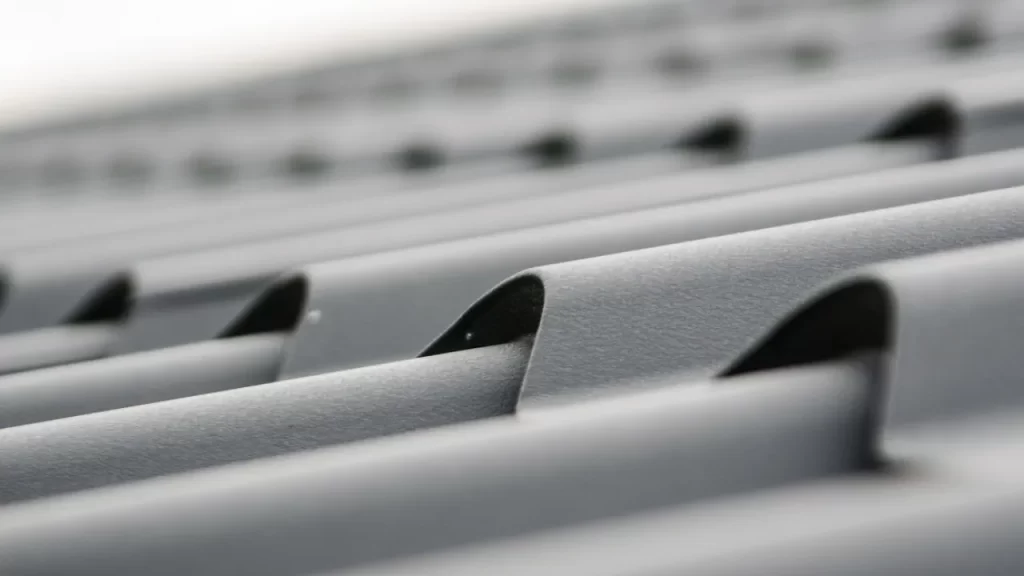Roofing Materials Demystified: A Guide to Choosing the Right Roof for Your Home

Selecting the ideal roof for your home involves many considerations, including aesthetic preferences, durability and cost. Before making this important decision it is wise to consult a roofing expert or at least gain as much information as possible before making your final choice.
Metal roofs are comprised of aluminum, copper or zinc materials and come either in sheets or shingles form. While their lifespan typically spans 40 to 70 years, their lightweight construction requires much less maintenance than shingle roofs do.
Asphalt
Asphalt shingles are one of the most sought-after roofing materials for homes, as they’re affordable and long-term resilient. Furthermore, their wide variety of styles and colors allows homeowners to find something to complement the architectural style of their home’s architecture.
An asphalt shingle’s core consists of fiberglass mat and mineral granules held together with binder material that acts as water resistance; most binder materials come from recycled sources.
Asphalt shingles can be created from various materials, such as organic felt, glass-fiber ply sheet or polyester ply sheet. Incorporating fire retardant additives or reflecting light to lower energy usage helps decrease costs. Asphalt roof shingles require adequate ventilation in order to minimize condensation and ice dam build-ups on roofs.
Tile
Asphalt shingles, depending on their thickness, are highly wind-resistant and highly durable roofing material that offers significant hail resistance as well as resistance against insects, mildew, algae and other environmental elements. Installation costs are relatively reasonable making asphalt roof shingles one of the easiest installations options available today.
Clay or concrete tiles can add both beauty and value to your home. Available in an array of colors and styles – including traditional barrel-style shingles as well as more contemporary European ones – clay or concrete tile is sure to enhance its value and beauty in your space.
Clay and concrete tiles provide several environmental advantages over other roofing materials. They do not deplete limited natural resources, use no chemical preservatives, and can be recycled immediately when removed from a roof. Their long lifespan also reduces re-roofing requirements, thus helping limit waste entering landfills.
Metal
Residential metal roofing typically consists of steel, aluminum or copper materials. Corrugated galvanized or aluminum sheeting may be best suited to coastal regions due to its resistance to salt corrosion; zinc can also be made to look like other roofing materials and has better impact resistance than aluminum.
Copper roofs boast high curb appeal and an attractive greenish patina as they age, adding character and curb appeal. However, copper is among the more costly choices and should generally only be considered for roof accents rather than whole home roofing applications. As with other metals, however, copper conducts electricity and can be damaged by hail – smaller pea- or dime-sized hail won’t dent a metal roof; larger hailstones could damage it further. Furthermore, this roofing material attracts lightning.
Wood
Wood shingles and shakes combine natural beauty, energy efficiency and durability into an appealing combination that makes wood an excellent choice for homes in cooler climate zones with rustic architectural styles.
Wood is both fireproof and UV radiation-protective, making it the ideal material to complement any home design aesthetic. Staining and painting options enable homeowners to customize it further to fit in seamlessly into any design scheme.
However, wood roofs require regular upkeep. Moisture and mold damage are the two most pressing concerns when it comes to maintaining them; when wet, wood swells and rots quickly; mold, mildew and fungus form on it as it breeds inside, while termites feed off it for food and shelter. Staining and painting may help prevent moisture infiltration; however these do not render wood impervious to water; thus it must still be treated with fire retardants to make it last long-term.
Slate
Slate roofs may not be appropriate for every home, but their timeless beauty cannot be overstated. Quarried from the earth and lasting over 50 years or more with proper care and maintenance. Slate is fire and insect resistant as well as looking stunning on older properties with traditional architecture – but be prepared for their high cost; natural stones like slate rank among the more costly roofing materials.
Slate roofs require ongoing upkeep and can be tricky to install, according to Miles. But their durability makes up for it and adds considerable value to a house.







